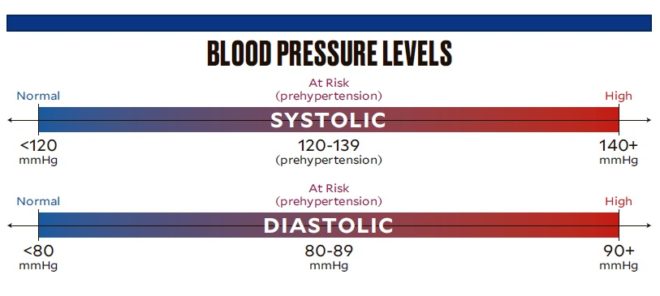
The ACC/AHA guideline was based on a study conducted mostly on Caucasian Americans (98 percent). Only 2 percent was of Asian ethnicity, said Dr. Jorge Sison, president of the Philippine Heart Association (PHA).
“[The new guideline is] still controversial. It’s not very much applicable to the Asian profile,” Sison told Lifestyle. “We cannot accept hook, line and sinker that this is the guideline we will follow. We are composing a position statement with regard to that guideline.”
Sison said the Caucasian physical profile is different—it is bigger build than the Asian. The PHA will soon do a local study, Presyon 4, hopefully within the year, and then will come up with its own guideline, treatment and strategy, he said. (The last collected data, Presyon 3, was conducted in 2013.)
In observance of World Hypertension Day, the PHA, the Philippine Society of Hypertension (PSH) and Pfizer jump-started its awareness campaign to promote hypertension prevention, detection and control among Filipinos. It aims to promote the importance of blood pressure monitoring at home.
Normal blood pressure is still lower than 140/90 when taken in a hospital environment. But home blood pressure measurement, however, should be less than 135/85.
That’s because there’s such a thing as white-coat hypertension, a syndrome when a patient’s feeling of anxiety in a medical environment results in an abnormally high reading; and masked hypertension, when blood pressure is normal in the clinic but high at home.
Home blood pressure monitoring is important since studies have shown it can predict the occurrence of complications such as stroke, heart attacks, heart failures, kidney failure and other risks involving organ damage. Stroke is the No. 1 endpoint of hypertension in the Philippines.
One in every three to four Filipino adults, age 18 and above, has hypertension. Yet, despite the high treatment rate of 75 percent among adult patients diagnosed, only 27 percent have controlled blood pressure, Sison said.
“I want to bring that up to 80 percent. Hypertension is the leading cause of death globally, including the Philippines. It affects the heart, brain, blood vessels, including the eyes—I have patients who have gone blind because of high blood pressure,” Sison said.
Health risks
There is also an increased risk of heart attack, stroke and sudden death in the first few hours of the morning, between 4 and 11 a.m., or in the first four to six hours upon waking up. This is when the body begins to wake up. Its primary mediator is believed to be, among others, the sudden activation of the sympathetic nervous system.
“There’s nothing we can do about it. That’s Mother Nature waking up the body. What you can do is to make sure you have enough medication that works 24 hours,” Sison said.
Taking aspirin at bedtime may help reduce the risk of stroke or heart attack, but it won’t lower the blood pressure.
Risk factors for blood pressure morning surge include older age, excessive alcohol and/or smoking, longer sleep times and later awakening times, cold weather climates, and day of the week (specifically Monday).
“Make lifestyle modifications. Reduce the salt intake and increase the consumption of potassium. Start exercising. Exercising can decrease the measurements up to 10 mm Hg; weight loss by about 1 mm Hg,” said Deborah Ignacia Oña, secretary, PSH.
If money is an issue, the Department of Health gives away free medication for hypertension in barangay health centers.
“People normally do not get any symptoms. High blood pressure is a silent killer. Don’t wait until it’s too late. Monitor your blood pressure at home. That’s the only way to find out if you are hypertensive,” said Dr. Alberto Atilano, PSH president.
Only about 25 percent of patients diagnosed with hypertension have access to home blood pressure monitors, with many discouraged by the high price tag. There are cheaper options, Sison said, but patients do not trust the accuracy of these devices.
Home blood pressure monitoring should be an additional medical tool in households, Sison said. Through these devices doctors gain a better understanding of a patient’s blood pressure pattern and manage it appropriately, increasing the chance of controlling blood pressure and reducing the risks of complications such as strokes and heart attacks.
RISK FACTORS
- There is also an increased risk of heart attack, stroke and sudden death in the first few hours of the morning, between 4 and 11 a.m., or in the first four to six hours upon waking up. This is when the body begins to wake up. Its primary mediator is believed to be, among others, the sudden activation of the sympathetic nervous system.
- Risk factors for blood pressure morning surge include older age, excessive alcohol and/or smoking, longer sleep times and later awakening times, cold weather climates and day of the week (specifically Monday).

